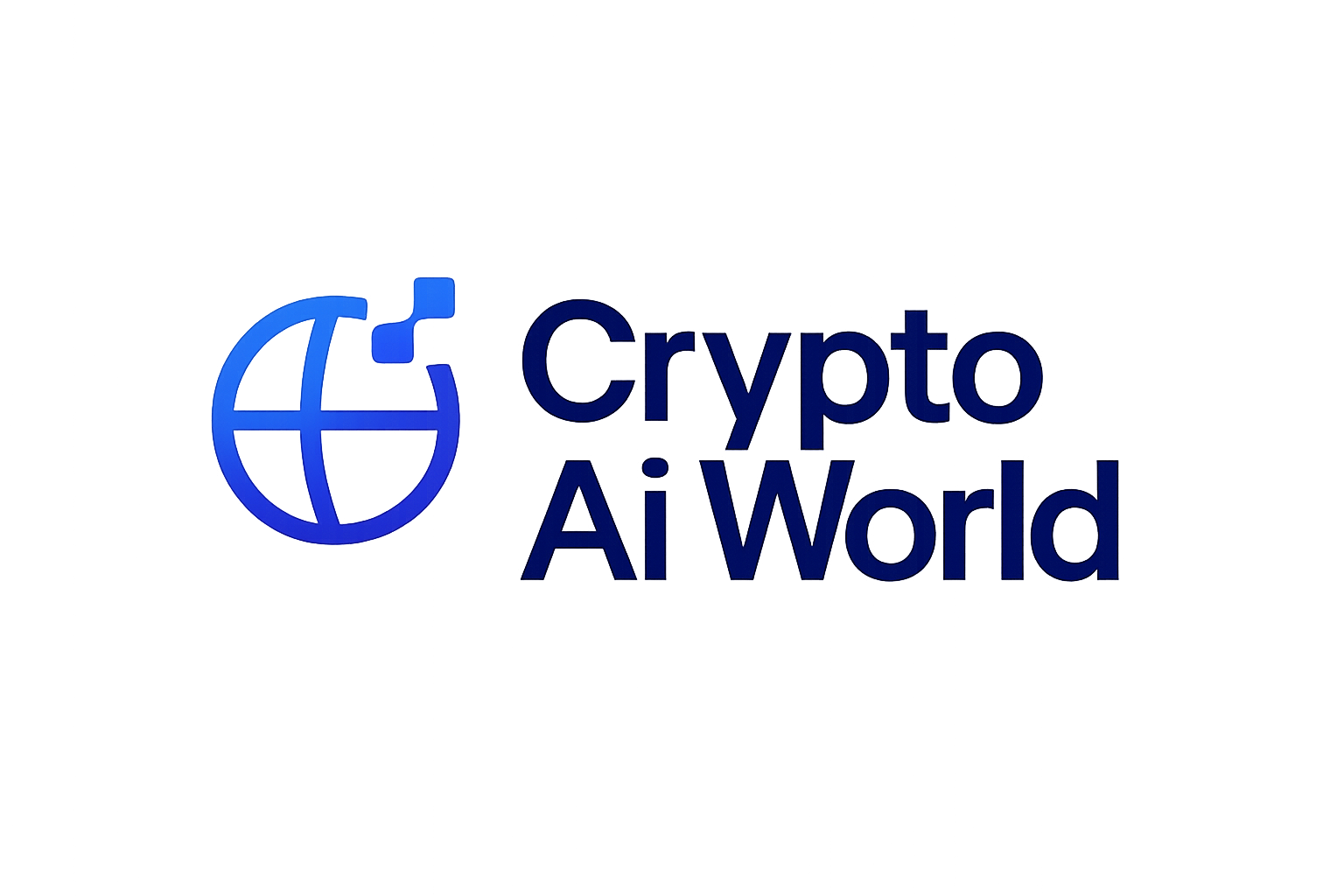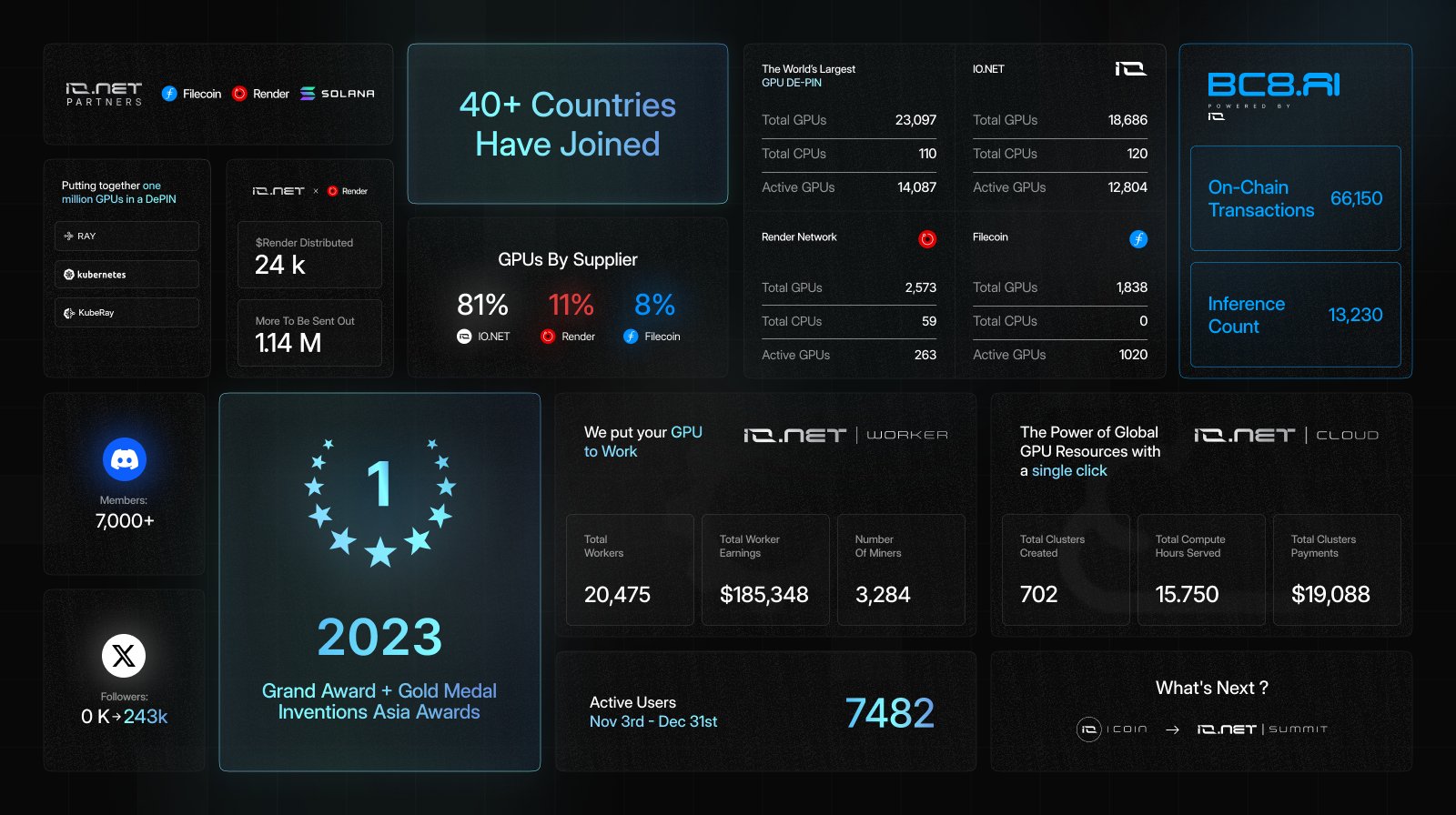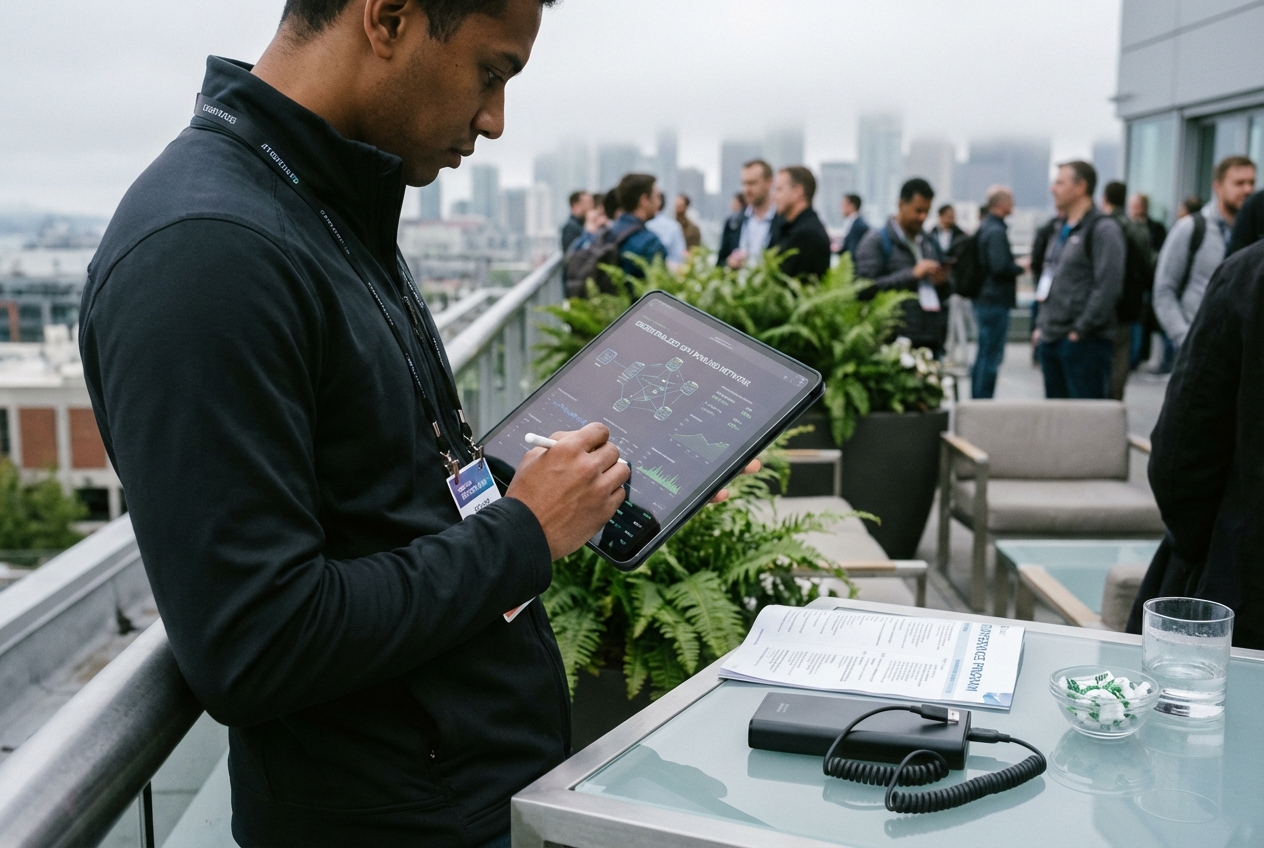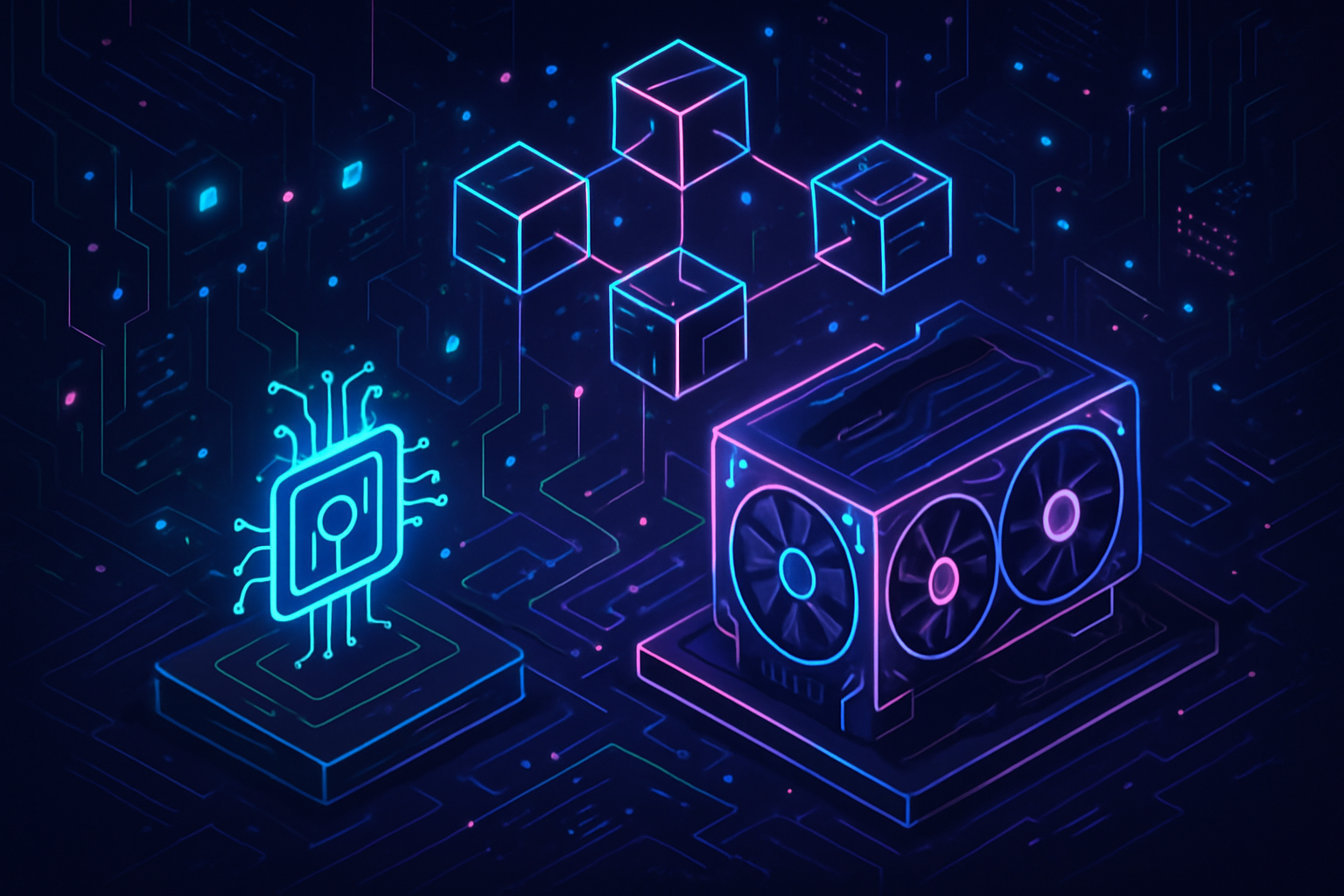
AI is no longer the playground of tech giants and Fortune 500s. In 2025, decentralized GPU networks are smashing barriers, making affordable AI infrastructure a reality for startups, indie developers, and enterprises worldwide. By tapping into a global pool of underutilized GPUs, from home rigs to idle data center hardware, these networks are rewriting the rules on AI compute cost reduction and accessibility.

Decentralized GPU Networks Slash AI Compute Costs in 2025
The AI boom has sent demand for high-performance GPUs through the roof. Top-tier cards like NVIDIA’s H100 or B200 routinely fetch prices upwards of $30,000, and market leaders like OpenAI reportedly plan to deploy over one million GPUs in their clusters. Traditional cloud GPU providers have struggled to keep up; Nvidia’s Blackwell GPUs were fully allocated through 2025 before shipping even began.
This relentless demand triggered a surge in AI compute prices, until decentralized platforms disrupted the status quo. Providers such as io. net aggregate idle GPUs from over 130 countries, offering compute power for AI workloads at up to 90% lower cost than legacy cloud services. Aethir’s decentralized GPU cloud sources from more than 428,000 GPU containers across 95 countries, eliminating maintenance fees and slashing prices even further.
The impact is profound: Forbes reports that decentralized infrastructure has made AI training 10x faster and 95% cheaper, reshaping enterprise strategy and opening doors for smaller players previously priced out of advanced machine learning.
Democratizing Access: From Hardware Owners to Developers
The magic of decentralized ai compute networks lies in their two-sided marketplace model. Platforms like Nosana have surpassed 50,000 independent GPU hosts since January 2025, enabling anyone with spare hardware to monetize their resources by renting them out for AI tasks. This not only creates new income streams but also unlocks affordable compute for developers everywhere.
Top Benefits of Joining a Decentralized GPU Network in 2025
-
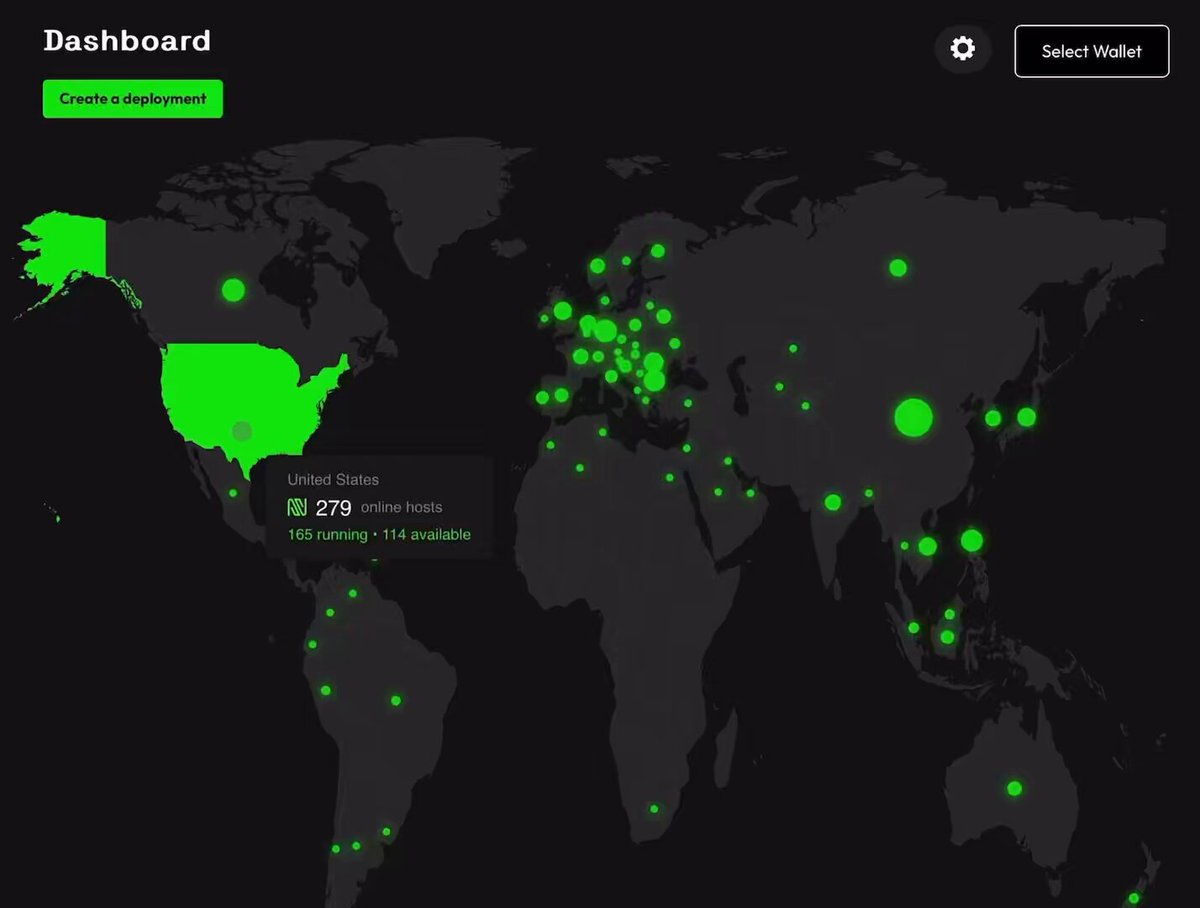
Global Access and Democratization: With networks such as Nosana boasting over 50,000 independent GPU hosts, anyone can monetize idle hardware and AI developers can tap into affordable, on-demand compute power from around the world.
-
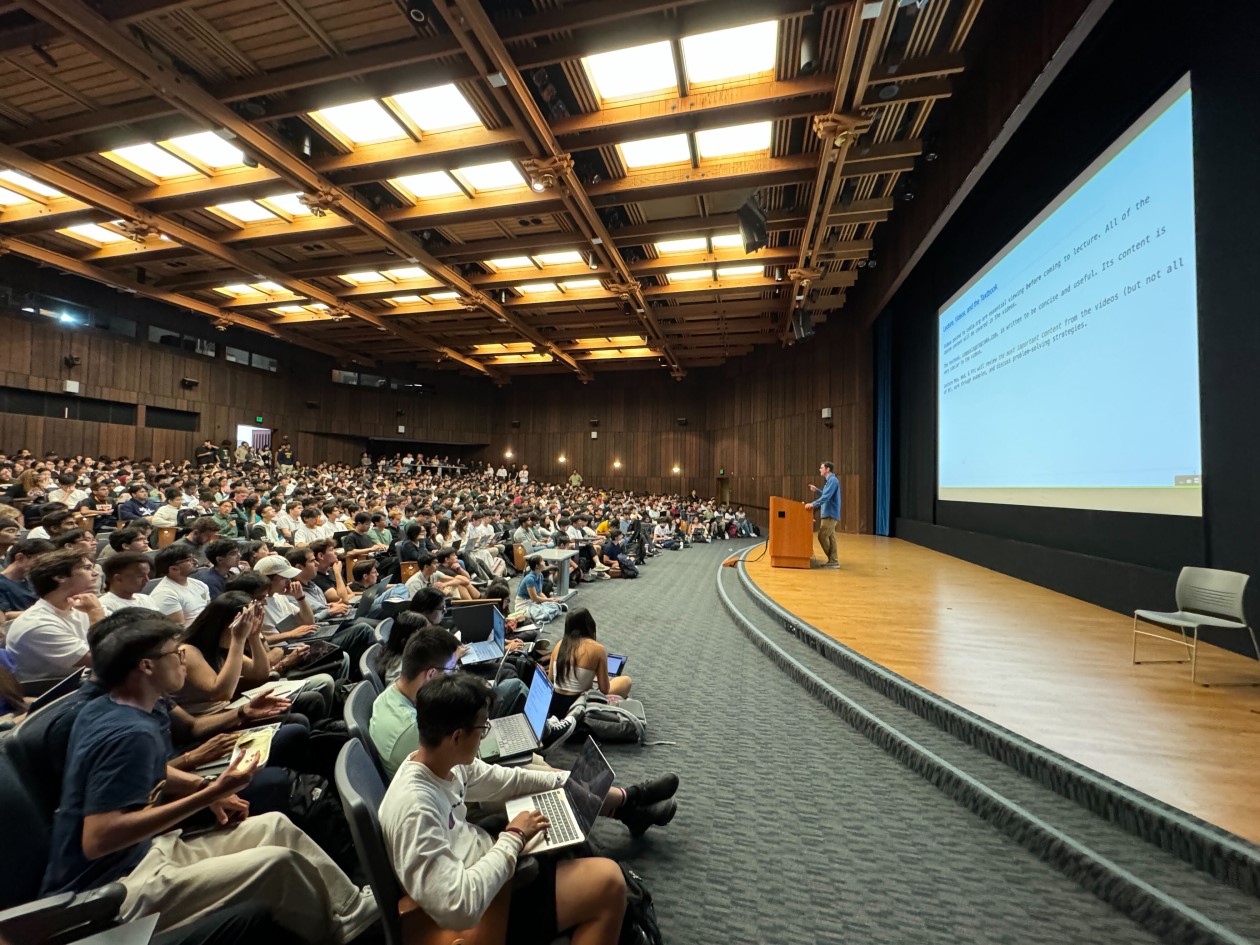
Scalability and Flexibility for Every Project: Solutions like Berkeley Compute empower both data center operators and AI startups to scale resources up or down instantly, eliminating the bottlenecks of traditional cloud contracts.
-
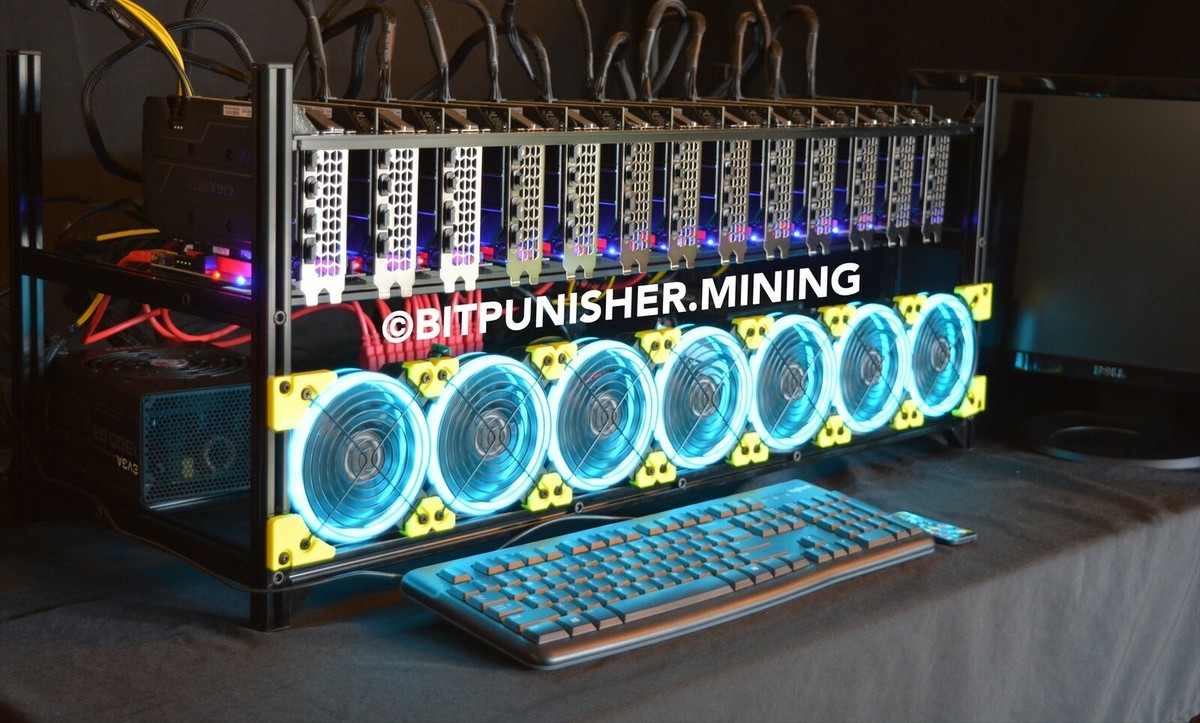
Income Streams for Hardware Owners: By joining decentralized GPU platforms, hardware owners—from individuals to large data centers—can earn passive income by renting out unused GPU cycles, turning idle assets into profit.
-

Cutting-Edge Security and Efficiency: Advanced frameworks like Ratio1 AI meta-operating system and REACH leverage blockchain and reinforcement learning to optimize task scheduling, boost completion rates, and ensure trustless, secure AI compute.
This democratization is fueling innovation across industries, from healthcare startups fine-tuning models on a budget to solo researchers running large-scale experiments without breaking the bank. It’s not just about cost; it’s about inclusivity and agility in the age of DePIN AI compute.
Scalability and Flexibility: Meeting Surging Demand Without Limits
A key advantage of decentralized cloud AI is its inherent scalability. Unlike traditional providers locked into fixed capacity or rigid pricing tiers, platforms like Berkeley Compute dynamically allocate global resources based on demand. Need thousands of GPUs overnight? Decentralized networks can deliver, without long-term contracts or surprise bills.
This flexibility is crucial as generative AI workloads surge and project requirements fluctuate week by week. For startups iterating rapidly or researchers testing new architectures, access to instant, scalable compute power is a game changer.
Technological innovation is accelerating this transformation. The Ratio1 AI meta-operating system, for example, leverages blockchain-based protocols to orchestrate model development, deployment, and inference across a mosaic of edge devices. This unifies fragmented resources into a seamless global supercomputer, maximizing utilization and minimizing friction for developers. Meanwhile, frameworks like REACH apply reinforcement learning to optimize GPU task scheduling on community platforms, driving up completion rates and slashing bandwidth overhead.
Crypto-powered GPU sharing is also unlocking new incentives and governance models. Tokenized rewards align the interests of hardware providers with those of AI builders, while transparent smart contracts ensure trustless execution. This synergy is powering an ecosystem where compute liquidity is as dynamic as any DeFi market, fueling the next generation of decentralized AI innovation.
Real-World Impact: Case Studies and Community Momentum
The numbers speak volumes. Respeecher, a leader in voice synthesis AI, slashed infrastructure costs by 3X using Aethir’s decentralized GPUs, gaining not just savings but also operational stability during peak demand. SaladCloud has emerged as the “Airbnb for GPUs, ” letting users tap into massive compute power at affordable rates during the ongoing AI crunch. And io. net’s instant access to 30,000 and GPUs offers up to 70% lower costs than AWS, a lifeline for teams scaling generative models or running intensive fine-tuning jobs.
The community-driven nature of these networks fosters rapid iteration and support. Open forums and collaborative tools mean troubleshooting happens in real time, and solutions benefit everyone involved. As more hardware owners join the movement, network effects kick in: compute becomes cheaper and more abundant for all participants.
What’s Next? The Road Ahead for Decentralized AI Compute
Looking forward, expect even greater integration between DePIN protocols and mainstream AI workflows. Dynamic resource allocation will become smarter; tokenomics will evolve to reward long-term contributors; privacy layers will empower sensitive enterprise workloads without sacrificing decentralization. The decentralized GPU economy isn’t just a cost-cutting hack, it’s the backbone of an inclusive future where anyone can build or deploy powerful AI models on demand.
Top Decentralized GPU Network Trends for 2026
-
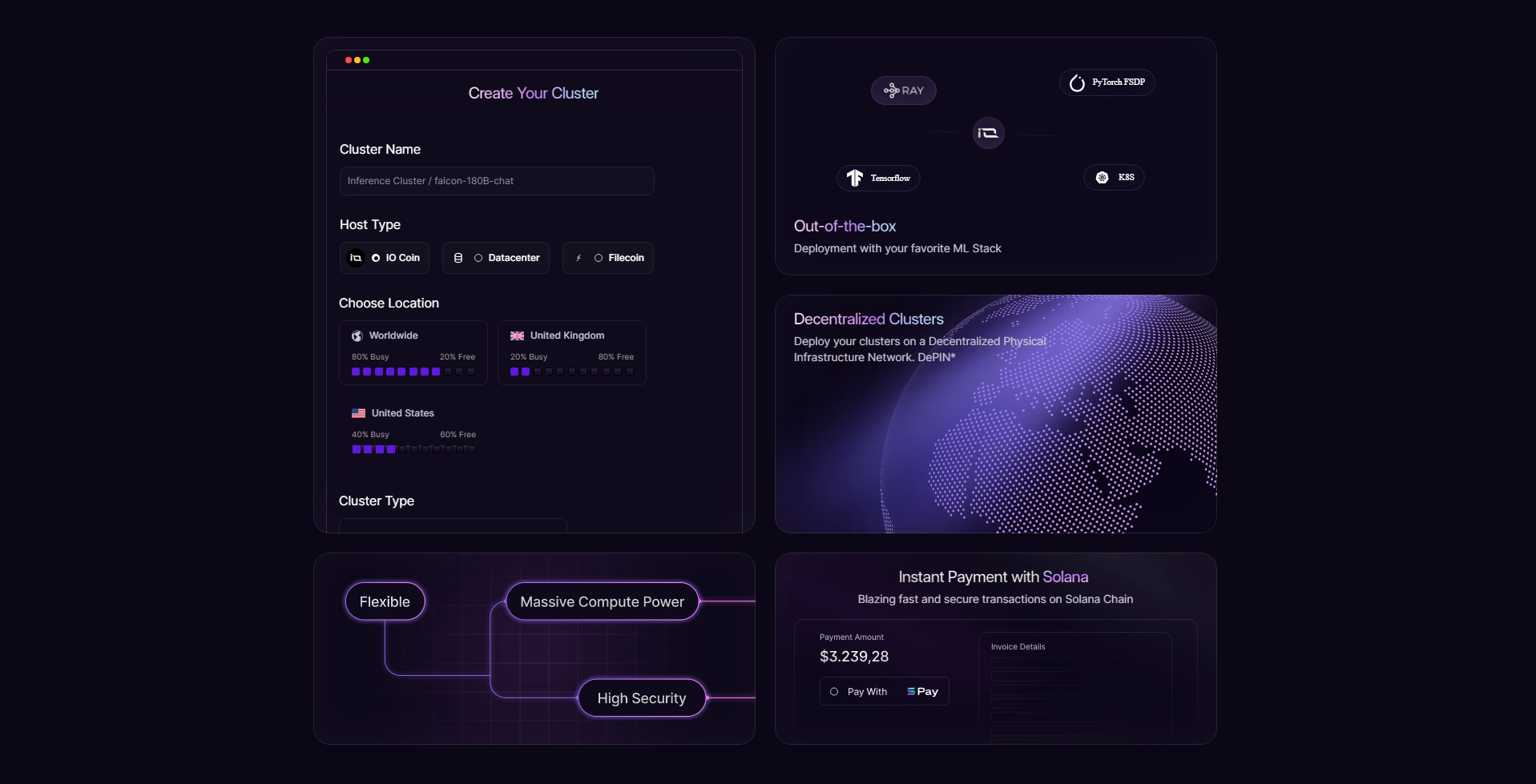
Dynamic, On-Demand GPU Allocation: Platforms like io.net are pioneering real-time matching of AI workloads with available global GPU resources, enabling developers to instantly scale compute power up or down as needed—cutting costs by up to 90% compared to traditional clouds.
-

Mass Adoption of GPU Sharing by Individuals: With over 50,000+ independent GPU hosts on Nosana since early 2025, expect even more individuals to monetize idle hardware—turning home PCs and gaming rigs into revenue streams for AI compute.
-
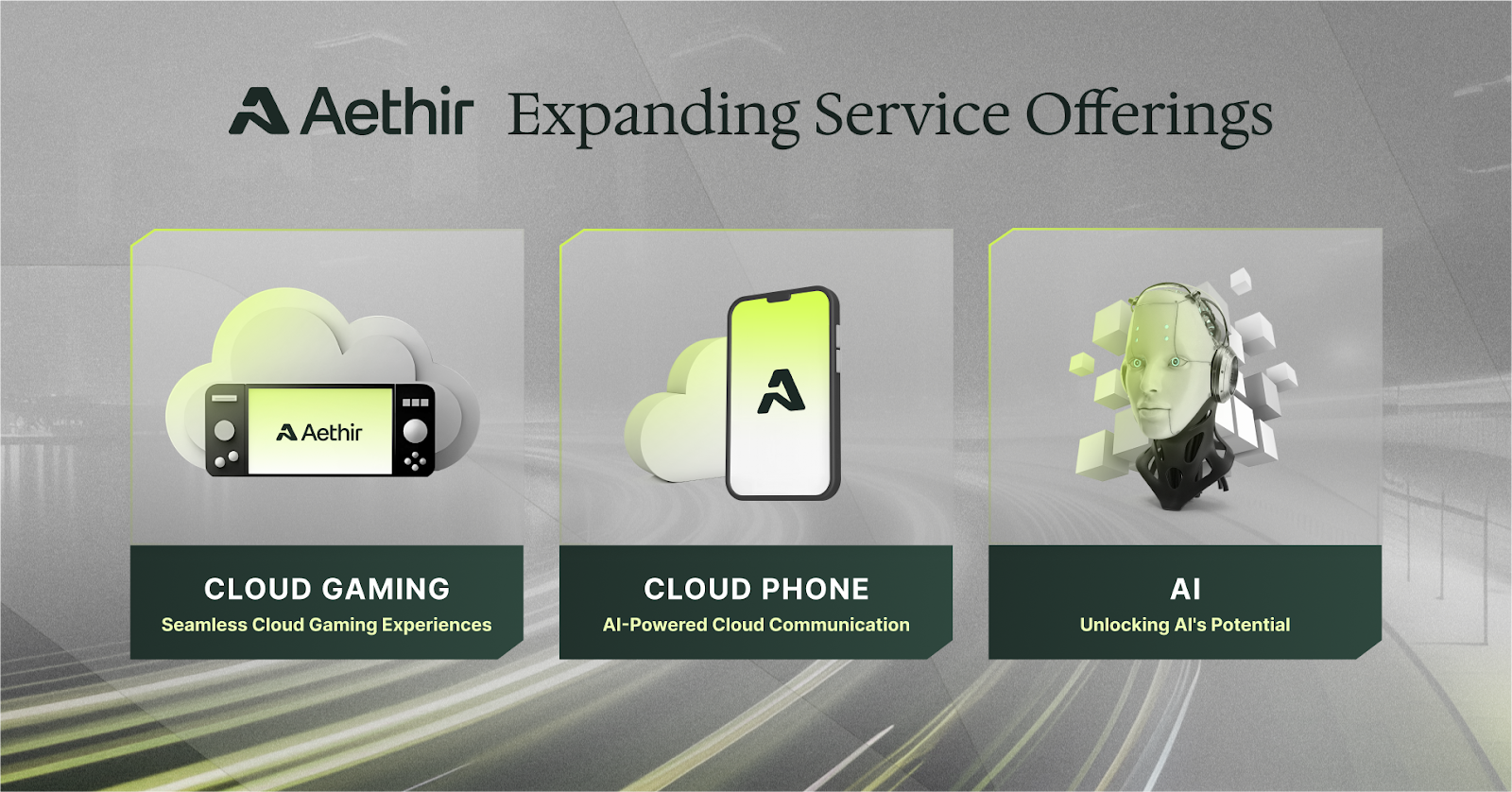
Enterprise-Grade Decentralized Compute: Solutions like Aethir and Berkeley Compute are providing robust, scalable, and secure decentralized GPU resources for large-scale enterprise AI training—helping companies bypass the GPU supply crunch and reduce operational costs.
-

Blockchain-Integrated AI Workflows: Innovations such as Ratio1 AI are leveraging blockchain to unify AI model development, deployment, and inference—creating a trustless, global supercomputer from heterogeneous edge devices.
-
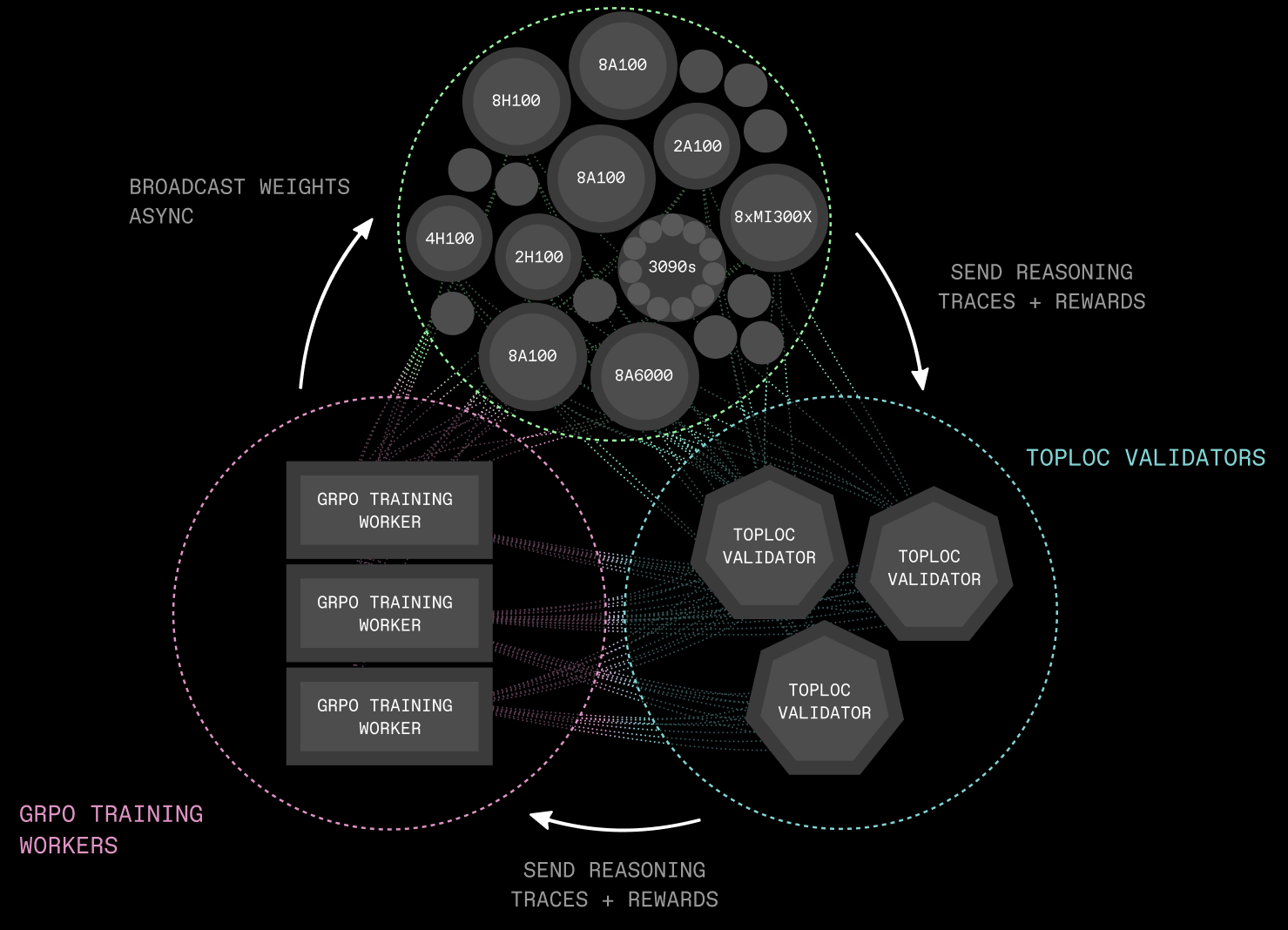
Smart Task Scheduling with Reinforcement Learning: Frameworks like REACH are using advanced algorithms to optimize GPU task assignment in community networks, boosting efficiency and lowering bandwidth costs for AI developers.
Momentum is everything in this space. As market leaders double down on crypto gpu sharing and new entrants challenge old monopolies, we’re witnessing the dawn of truly affordable ai infrastructure, one block at a time.
For deeper insights into how these networks power scalable model training workflows, check out our detailed guide: How Decentralized GPU Networks Power Scalable AI Model Training.
